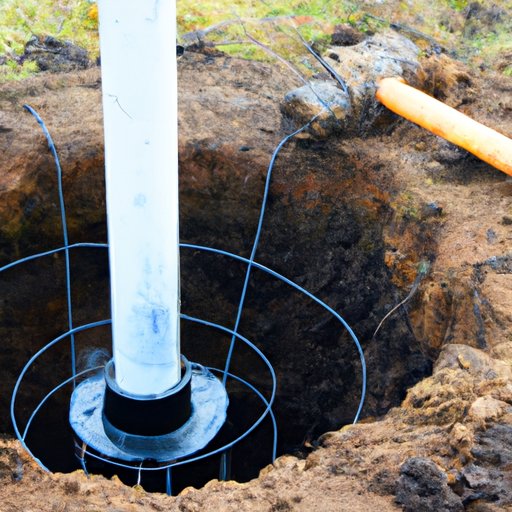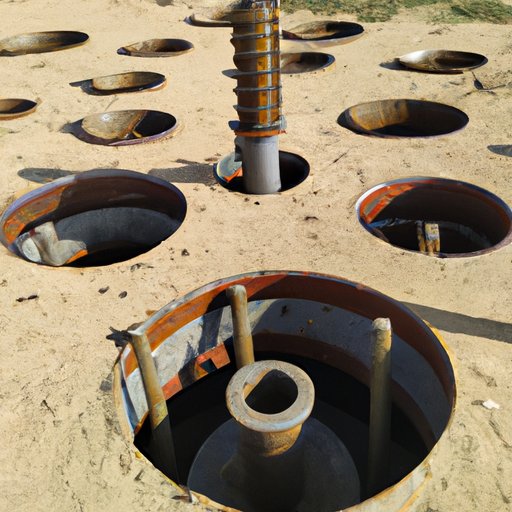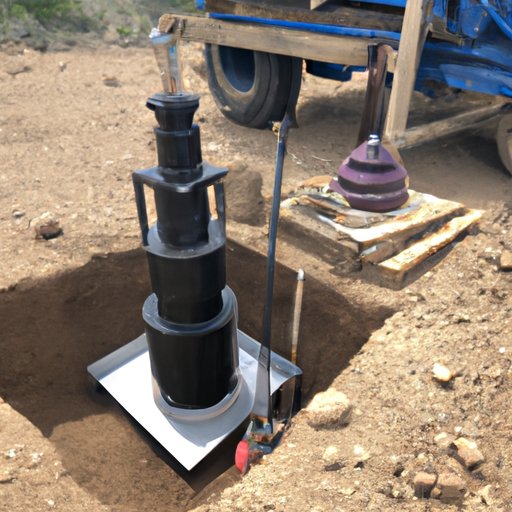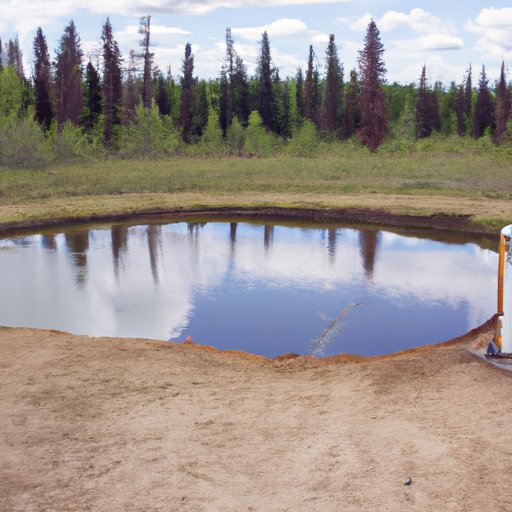Introduction
A sandpoint well is an affordable and efficient way to access clean water from underground sources. It is a shallow well that can be installed in your backyard or in other areas with sandy soil. This type of well utilizes a simple pump system to draw up groundwater from beneath the surface and deliver it directly to your home. In this article, we will explore what a sandpoint well is, how it works, the benefits of installing one, the different types available, the costs associated with installation and maintenance, and the environmental considerations for using a sandpoint well.

The Benefits of Installing a Sandpoint Well
Installing a sandpoint well offers many advantages over other types of wells. The most obvious benefit is access to clean water. By tapping into an underground source of water, you can avoid the need to buy bottled water or use a city water supply that may contain contaminants. Additionally, sandpoint wells are much easier to install than other types of wells, making them a good option if you don’t have the money or time to install a deeper well.
Another benefit of sandpoint wells is cost savings. Since they are shallow and easy to install, sandpoint wells don’t require as much labor or materials as other types of wells, making them more affordable. Additionally, since they are smaller and shallower, they require less energy to pump water from the ground, which can save you money on your energy bills.

Different Types of Sandpoint Wells
There are several types of sandpoint wells available, each of which has its own advantages and disadvantages. The most common type is the driven point well, which uses a long steel pipe that is driven into the ground. This type of well is simple and inexpensive to install, but it is not suitable for areas with hard soil or bedrock. Another option is a drilled well, which is a deeper well that requires more excavation and is better suited for harder soils. Lastly, there is the jetted well, which uses high-pressure jets of water to break up the soil and create a hole for the well.

Understanding the Cost of Installing and Maintaining a Sandpoint Well
The cost of installing a sandpoint well will depend on the type of well being installed, the size and depth of the well, the amount of excavation needed, and the local labor costs. Generally speaking, a sandpoint well will cost between $1,000 and $5,000 to install, depending on the complexity of the project. Additionally, you may need to pay for additional services such as plumbing, electrical work, and pump installation.
Once installed, sandpoint wells require regular maintenance to ensure that they are functioning properly. This includes inspecting the well for any signs of damage or corrosion, checking the pump and pressure tank, and cleaning the well screen. Maintenance costs can vary depending on the complexity of the well and the type of maintenance required.
Exploring the Environmental Impact of Sandpoint Wells
When installing a sandpoint well, it is important to consider the potential environmental impacts. One of the primary concerns is the risk of groundwater contamination. If the well is not properly constructed, there is a chance that pollutants could seep into the groundwater, posing a risk to nearby ecosystems. Additionally, sandpoint wells can also have an impact on wildlife, as they can disrupt existing habitats and cause displacement of animals.
Conclusion
A sandpoint well is an affordable and efficient way to access clean water from underground sources. While there are many benefits to installing a sandpoint well, such as cost savings and access to clean water, it is important to consider the potential environmental impacts before doing so. Additionally, it is important to understand the cost of installation and maintenance, as well as the different types of sandpoint wells available.
(Note: Is this article not meeting your expectations? Do you have knowledge or insights to share? Unlock new opportunities and expand your reach by joining our authors team. Click Registration to join us and share your expertise with our readers.)
